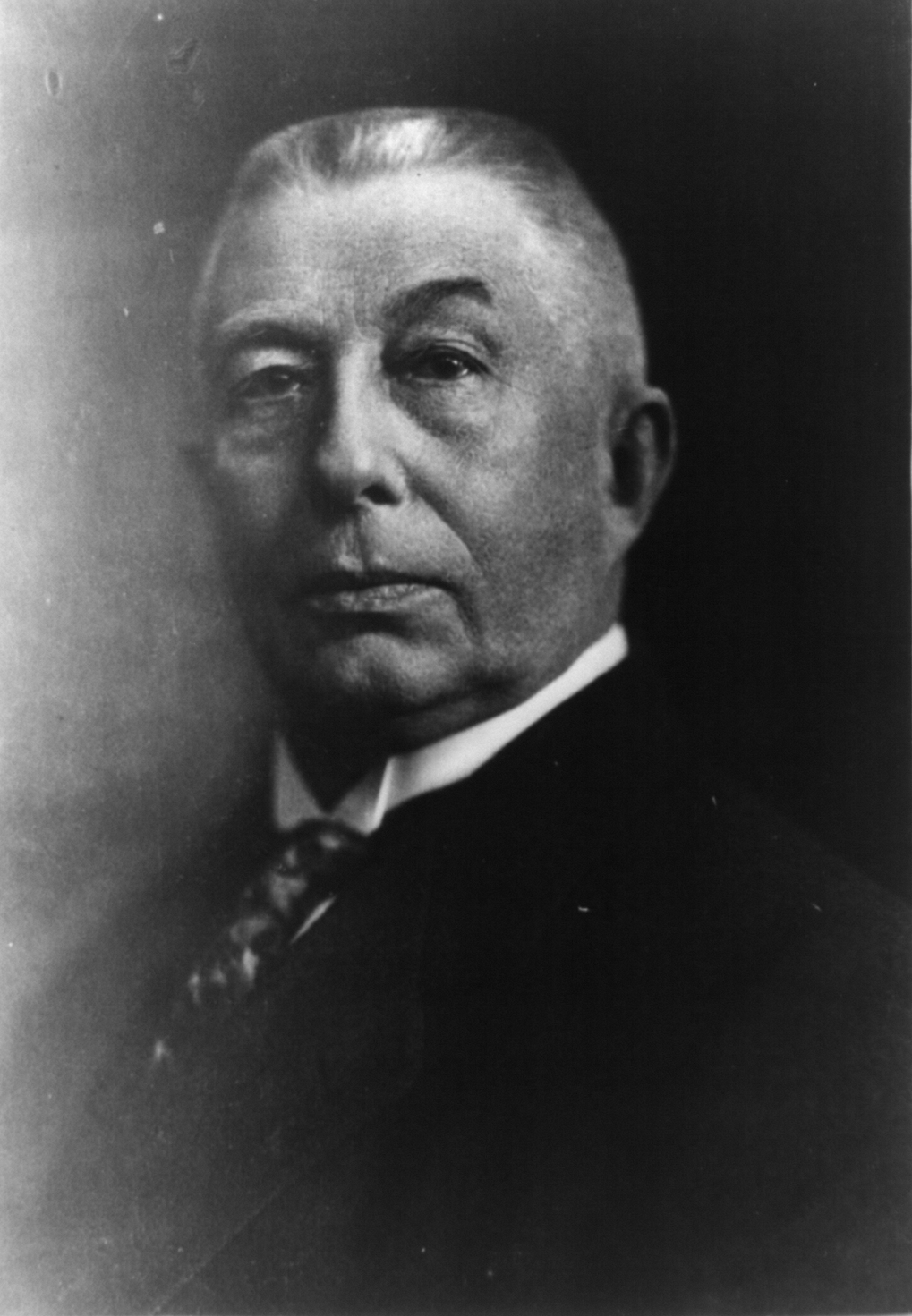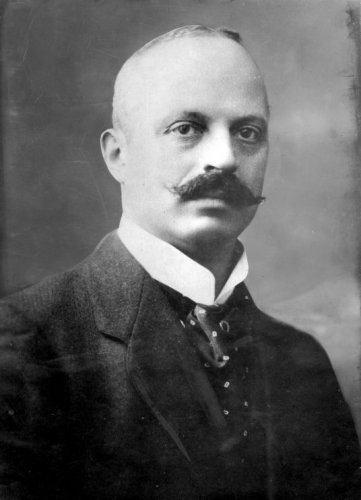|
Historic Composition Of The House Of Representatives Of The Netherlands
The Historic composition of the House of Representatives of the Netherlands gives an overview of the composition of the House of Representatives (lower house) of the Dutch parliament. It shows the composition after elections, splits from parties are not included. 1815 to 1887 The House of Representatives of the Netherlands was created in 1815 when the United Kingdom of the Netherlands was created. Initially it consisted of 110 members, chosen by the States-Provincial. Each year, one third of the members were up for reelection, and each member was elected for three years. In 1830, the southern provinces declared their independence in the Belgian Revolution, to become Belgium. Initially the Netherlands did not accept this, but the 55 members of the House of Representatives chosen by these provinces were no longer present at meetings, so the de facto membership was reduced to 55 members. [...More Info...] [...Related Items...] OR: [Wikipedia] [Google] [Baidu] |
House Of Representatives Of The Netherlands
The House of Representatives (, pronounced ; commonly referred to as the ', literally "Second Chamber of the States General") is the lower house of the bicameral parliament of the Netherlands, the States General, the other one being the Senate. It has 150 seats, which are filled through elections using party-list proportional representation. Generally, the house is located in the Binnenhof in The Hague, however, it has temporarily moved to the former building of the Ministry of Foreign Affairs at Bezuidenhoutseweg 67 in the Hague while the Binnenhof is being renovated. Name Although the body is officially called the "House of Representatives" in English, it is not a direct translation of its official Dutch name, the "Second Chamber of the States General", "Second Chamber" or more colloquially just the "Chamber". Rather than "representative" (''afgevaardigde''), a member of the House is referred to as ''(Tweede) Kamerlid'', or "member of the (Second) Chamber". Functions The H ... [...More Info...] [...Related Items...] OR: [Wikipedia] [Google] [Baidu] |
1909 Dutch General Election
General elections were held in the Netherlands on 11 June 1909.Dieter Nohlen & Philip Stöver (2010) ''Elections in Europe: A data handbook'', p1395 The Anti-Revolutionary Party and the General League of Roman Catholic Caucuses emerged as the largest parties, each winning 25 of the 100 seats in the House of Representatives.Nohlen & Stöver, p1412 Results References {{Dutch general elections General elections in the Netherlands Netherlands ) , anthem = ( en, "William of Nassau") , image_map = , map_caption = , subdivision_type = Sovereign state , subdivision_name = Kingdom of the Netherlands , established_title = Before independence , established_date = Spanish Netherl ... 1909 in the Netherlands June 1909 events Election and referendum articles with incomplete results 1909 elections in the Netherlands ... [...More Info...] [...Related Items...] OR: [Wikipedia] [Google] [Baidu] |
Free Anti Revolutionary Party
The Free Anti Revolutionary Party (in Dutch: ''Vrij-Antirevolutionaire Partij'', VAR) was a Dutch conservative Reformed political party, which existed from 1898 to 1903. The VAR is historically linked to the Christian Democratic Appeal which is currently one of the major parties of the Netherlands. Party history The VAR was founded as one of several parties that were founded in the 1890s, which all turned against the leadership and ideology of Abraham Kuyper, the leader of the Protestant Anti Revolutionary Party. Kuyper had initiated a new political course for Protestantism in the Netherlands, which included cooperation with the Catholics, in the coalition, strategical support for extension of suffrage a rejection of theocracy in favour of a specific conception of state neutrality, sphere sovereignty and a strong party organization and party discipline. The opposition against Kuyper was led by Alexander de Savorin Lohman. The elections of 1894 proved decisive. An important ... [...More Info...] [...Related Items...] OR: [Wikipedia] [Google] [Baidu] |
Anti-Revolutionary Party
The Anti-Revolutionary Party ( nl, Anti-Revolutionaire Partij, ARP) was a Protestant conservative and Christian democratic political party in the Netherlands. The party was founded in 1879 by Abraham Kuyper, a neo-Calvinist theologian and minister. In 1980 the party merged with the Catholic People's Party (KVP) and the Christian Historical Union (CHU) to form the Christian Democratic Appeal (CDA). History History before 1879 They anti-revolutionary parliamentary caucus had existed since the 1840s. It represented orthodox tendencies within the Dutch Reformed Church. Under the leadership of Guillaume Groen van Prinsterer the anti-revolutionaries became a real political force, which opposed the liberal tendencies within the Dutch Reformed Church and the liberal tendencies within Dutch politics. Their three values were "God, the Netherlands, and the House of Orange". An important issue was public education, which in the view of the anti-revolutionaries should be Protestant-Ch ... [...More Info...] [...Related Items...] OR: [Wikipedia] [Google] [Baidu] |
Catholic Democratic Party (Netherlands)
Christian Democracy ( it, Democrazia Cristiana, DC) was a Christian democratic political party in Italy. The DC was founded on 15 December 1943 in the Italian Social Republic (Nazi-occupied Italy) as the ideal successor of the Italian People's Party, which had the same symbol, a crusader shield (''scudo crociato''). As a Catholic-inspired, centrist, catch-all party comprising both centre-right and centre-left political factions, the DC played a dominant role in the politics of Italy for fifty years, and had been part of the government from soon after its inception until its final demise on 16 January 1994 amid the '' Tangentopoli'' scandals. Christian Democrats led the Italian government continuously from 1946 until 1981. The party was nicknamed the "White Whale" ( it, Balena bianca) due to its huge organization and official color. During its time in government, the Italian Communist Party was the largest opposition party. From 1946 until 1994, the DC was the largest party in t ... [...More Info...] [...Related Items...] OR: [Wikipedia] [Google] [Baidu] |
Roman Catholic People's Party
The Roman Catholic People's Party (in Dutch: ''Roomsch-katholieke Volkspartij'', RKVP) was a Dutch Social Catholic political party. The RKVP played only a marginal role in Dutch politics. Party History The RKVP was founded in 1922 by Pius Arts. In the 1925 election the party won one seat which was taken by Aarts. In the 1929 election the party lost its one seat. In the 1933 election the party regained one seat. In the same year the party merged with the Catholic Democratic League to form the Catholic Democratic Party. In 1937 this party merged with the Roman Catholic State Party, the larger, centrist, catholic party. Ideology & Issues The RKVP combined a conservative Catholic stance on ethical issues with a progressive, leftwing stance on economic issues. It advocated the interest of Catholic workers and it wanted just taxation and a strong influence of labour unions in companies. It wanted to increase support for large families and also price controls. The party was in favour ... [...More Info...] [...Related Items...] OR: [Wikipedia] [Google] [Baidu] |
Roman Catholic State Party
The Roman Catholic State Party ( nl, Roomsch-Katholieke Staatspartij, RKSP) was a Catholic Christian democratic political party in the Netherlands. The party was founded in 1926 as a continuation of the General League of Roman Catholic Caucuses. During its entire existence, the party was in government. In 1945 the party became the Catholic People's Party (KVP). History The RKSP was founded 3 June 1926, as the continuation of the General League of Roman Catholic Caucuses. Since 1918, the General League called itself RKSP informally. Instead of the loose league of caucuses with little party discipline, as the General League was, the RKSP became a real party, with stronger party discipline and organisation. In 1922 another Catholic party, the Roman Catholic People's Party, was founded by former members of the General League. It was oriented towards Catholic workers. The General League received little competition from this party, but accelerated the RKSP's process of party-formation ... [...More Info...] [...Related Items...] OR: [Wikipedia] [Google] [Baidu] |
1937 Dutch General Election
General elections were held in the Netherlands on 26 May 1937. Dieter Nohlen & Philip Stöver (2010) ''Elections in Europe: A data handbook'', p1396 The Roman Catholic State Party remained the largest party in the House of Representatives, winning 31 of the 100 seats.Nohlen & Stöver, p1413 Results References {{Dutch general elections General elections in the Netherlands Netherlands ) , anthem = ( en, "William of Nassau") , image_map = , map_caption = , subdivision_type = Sovereign state , subdivision_name = Kingdom of the Netherlands , established_title = Before independence , established_date = Spanish Netherl ... 1937 in the Netherlands May 1937 events 1937 elections in the Netherlands ... [...More Info...] [...Related Items...] OR: [Wikipedia] [Google] [Baidu] |
1933 Dutch General Election
General elections were held in the Netherlands on 26 April 1933. Dieter Nohlen & Philip Stöver (2010) ''Elections in Europe: A data handbook'', p1395 The Roman Catholic State Party remained the largest party in the House of Representatives, winning 28 of the 100 seats.Nohlen & Stöver, p1412 Results References {{Dutch general elections General elections in the Netherlands Netherlands ) , anthem = ( en, "William of Nassau") , image_map = , map_caption = , subdivision_type = Sovereign state , subdivision_name = Kingdom of the Netherlands , established_title = Before independence , established_date = Spanish Netherl ... 1933 in the Netherlands April 1933 events 1933 elections in the Netherlands ... [...More Info...] [...Related Items...] OR: [Wikipedia] [Google] [Baidu] |
1929 Dutch General Election
General elections were held in the Netherlands on 3 July 1929.Dieter Nohlen & Philip Stöver (2010) ''Elections in Europe: A data handbook'', p1395 The Roman Catholic State Party remained the largest party in the House of Representatives of the Netherlands, House of Representatives, winning 30 of the 100 seats.Nohlen & Stöver, p1412 Results References {{Dutch general elections General elections in the Netherlands 1929 elections in Europe, Netherlands 1929 in the Netherlands July 1929 events 1929 elections in the Netherlands ... [...More Info...] [...Related Items...] OR: [Wikipedia] [Google] [Baidu] |
1925 Dutch General Election
General elections were held in the Netherlands on 1 July 1925.Dieter Nohlen & Philip Stöver (2010) ''Elections in Europe: A data handbook'', p1395 The General League of Roman Catholic Caucuses remained the largest party in the House of Representatives of the Netherlands, House of Representatives, winning 30 of the 100 seats.Nohlen & Stöver, p1412 Results References {{Dutch general elections General elections in the Netherlands 1925 elections in Europe, Netherlands 1925 in the Netherlands July 1925 events 1925 elections in the Netherlands ... [...More Info...] [...Related Items...] OR: [Wikipedia] [Google] [Baidu] |
1922 Dutch General Election
General elections were held in the Netherlands on 5 July 1922.Dieter Nohlen & Philip Stöver (2010) ''Elections in Europe: A data handbook'', p1395 They were the first elections held under universal suffrage, which became reality after the acceptance of a proposal by Henri Marchant in 1919 that gave women full voting rights. Almost all major parties had a woman elected. The number of female representatives increased from one to seven. Only the Anti-Revolutionary Party principally excluded women from the House of Representatives. Another amendment to the electoral law increased the electoral threshold from 0.5% to 0.75%,Nohlen & Stöver, p1385 after six parties had won seats with less than 0.75% of the vote in the previous elections. The General League of Roman Catholic Caucuses remained the largest party, increasing from 30 to 32 seats, whilst the Anti-Revolutionary Party increased from 13 to 16 seats, and the Christian Historical Union went from 7 to 11 seats.Nohlen & Stöver, ... [...More Info...] [...Related Items...] OR: [Wikipedia] [Google] [Baidu] |





